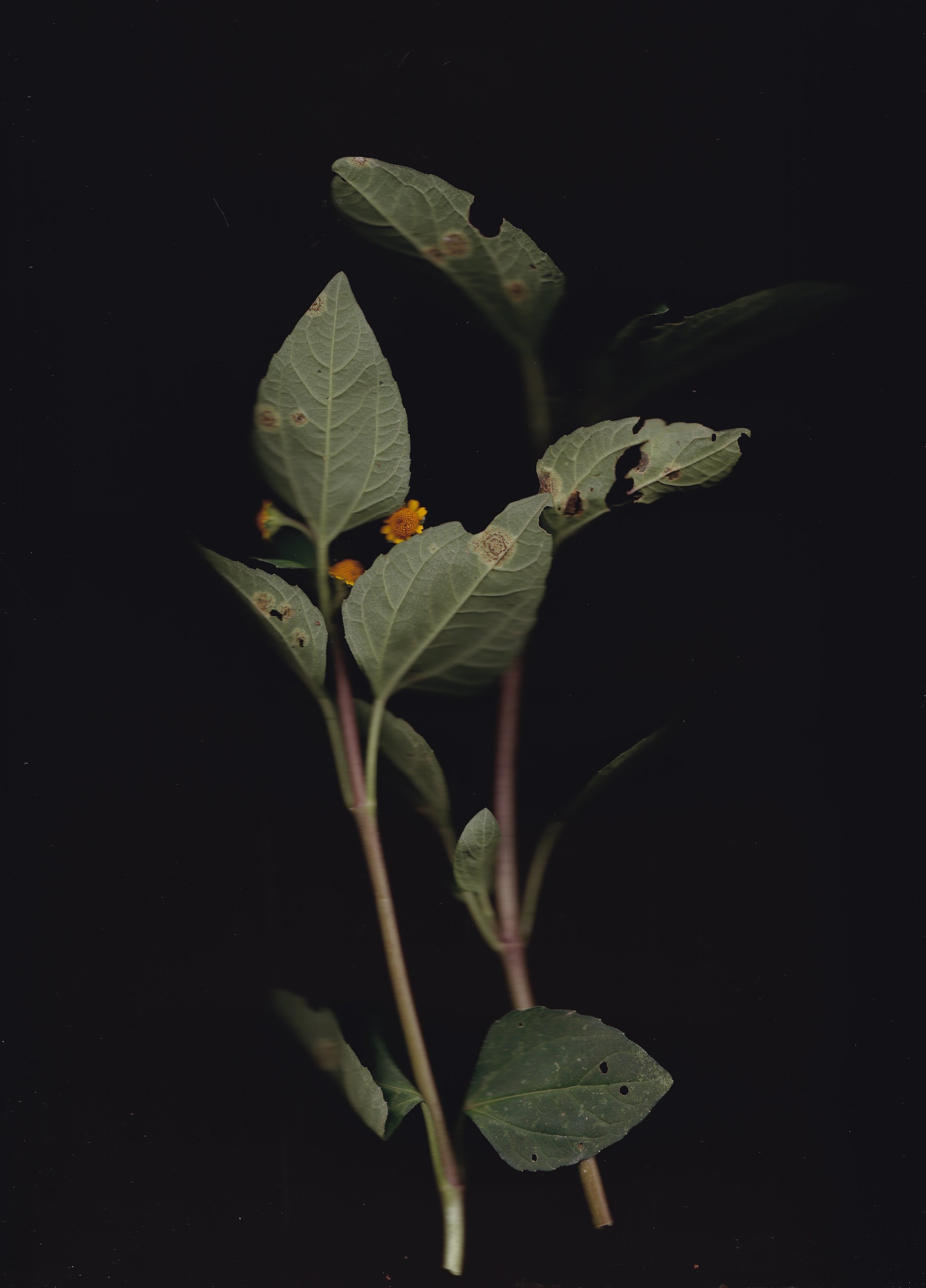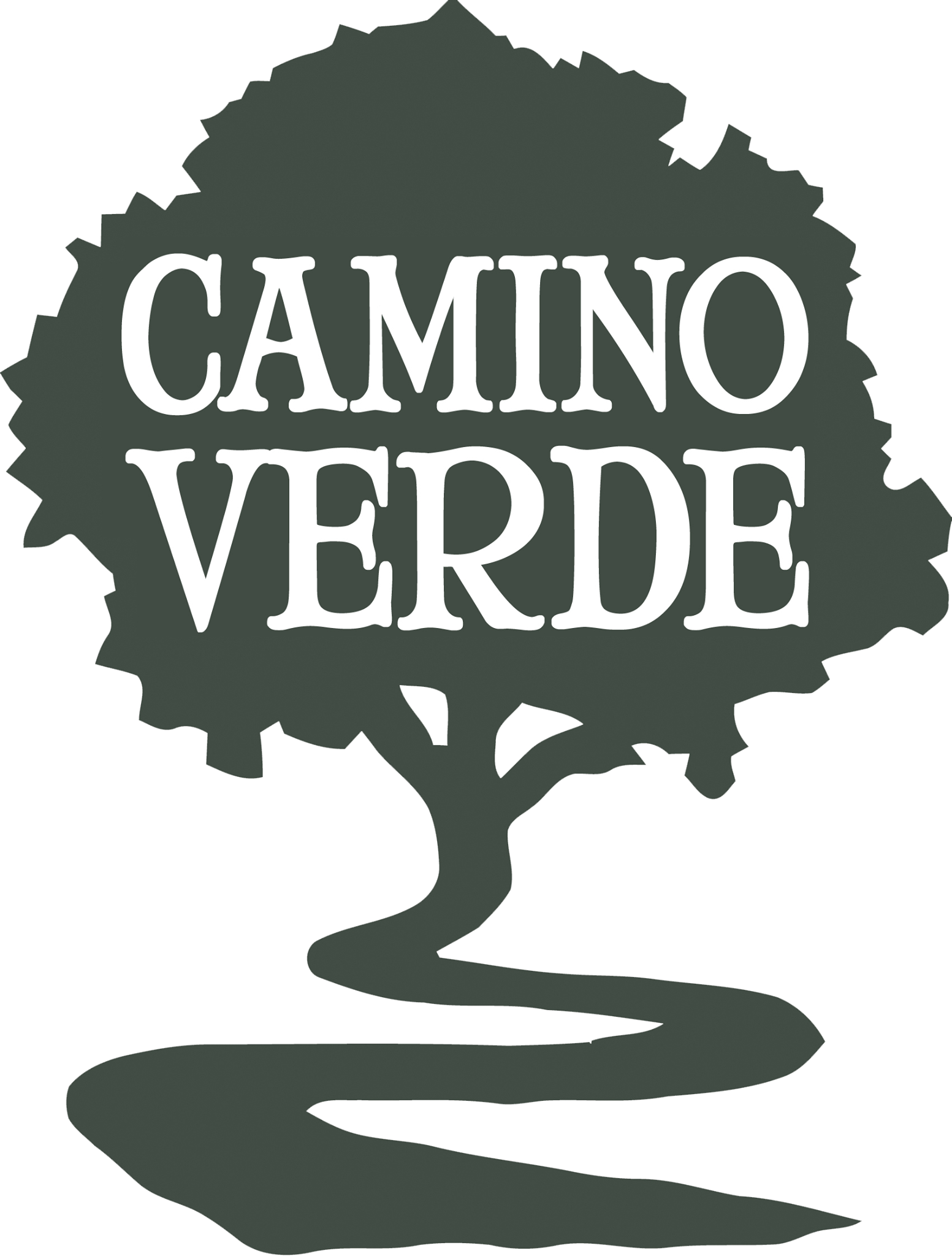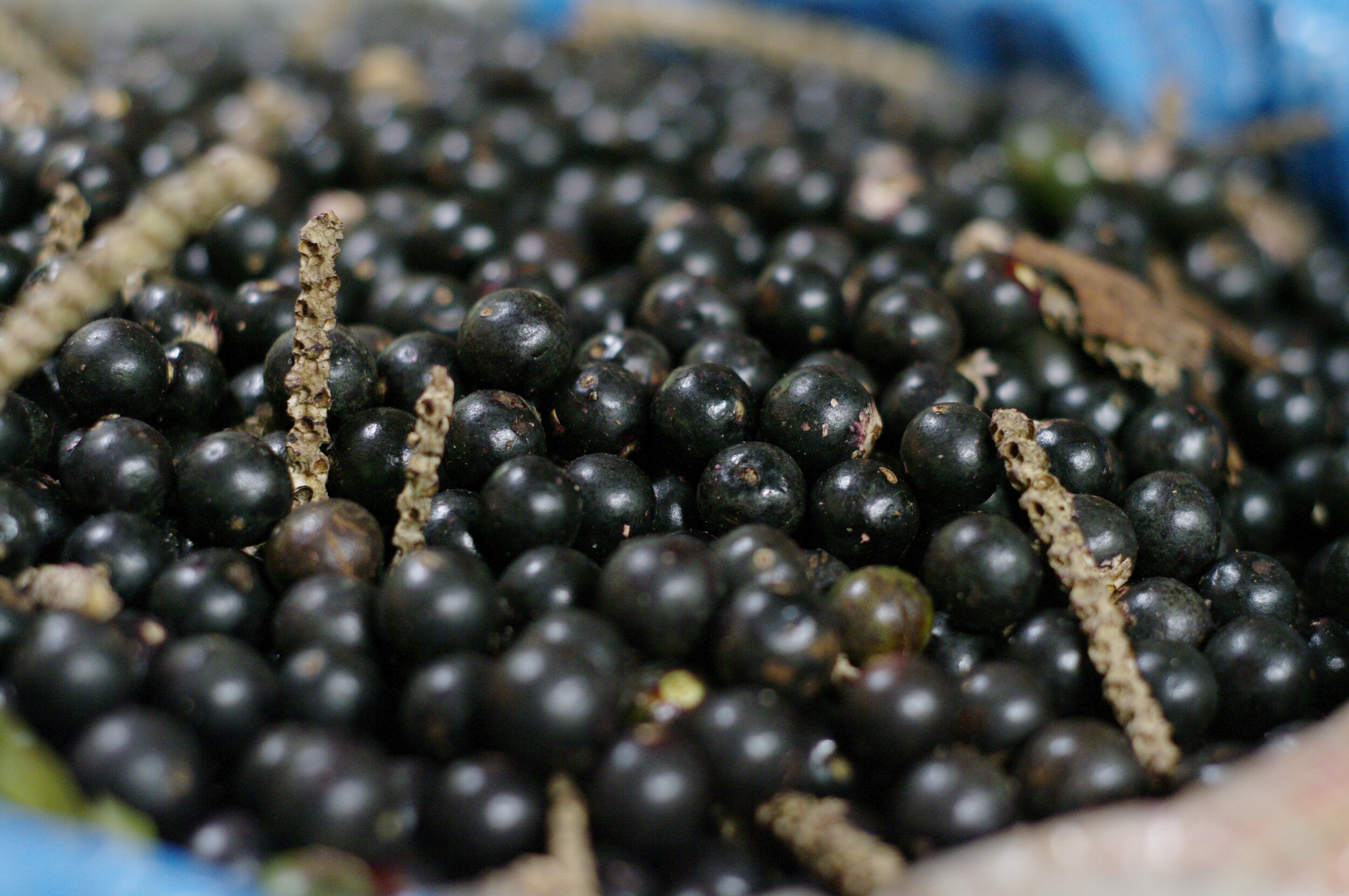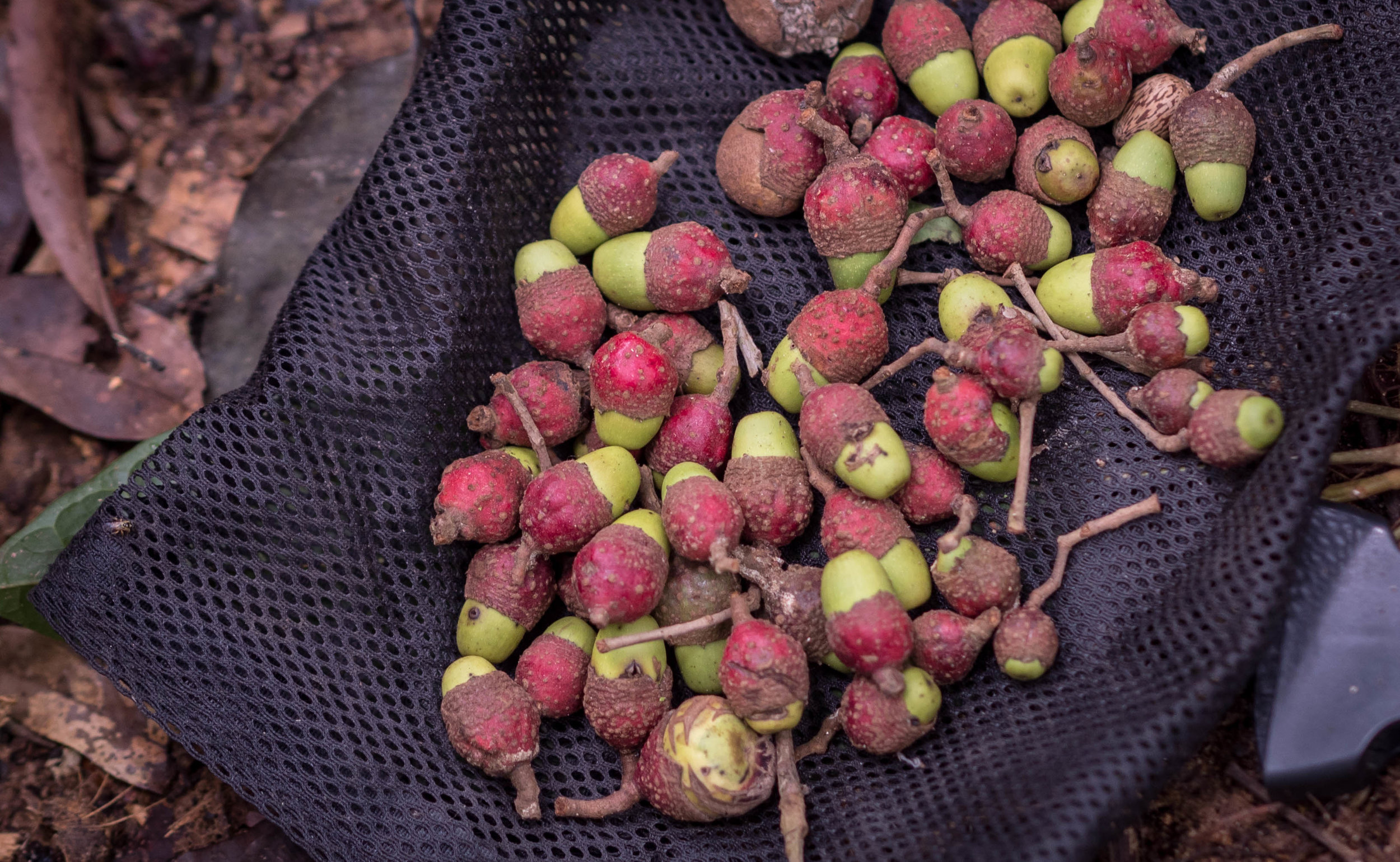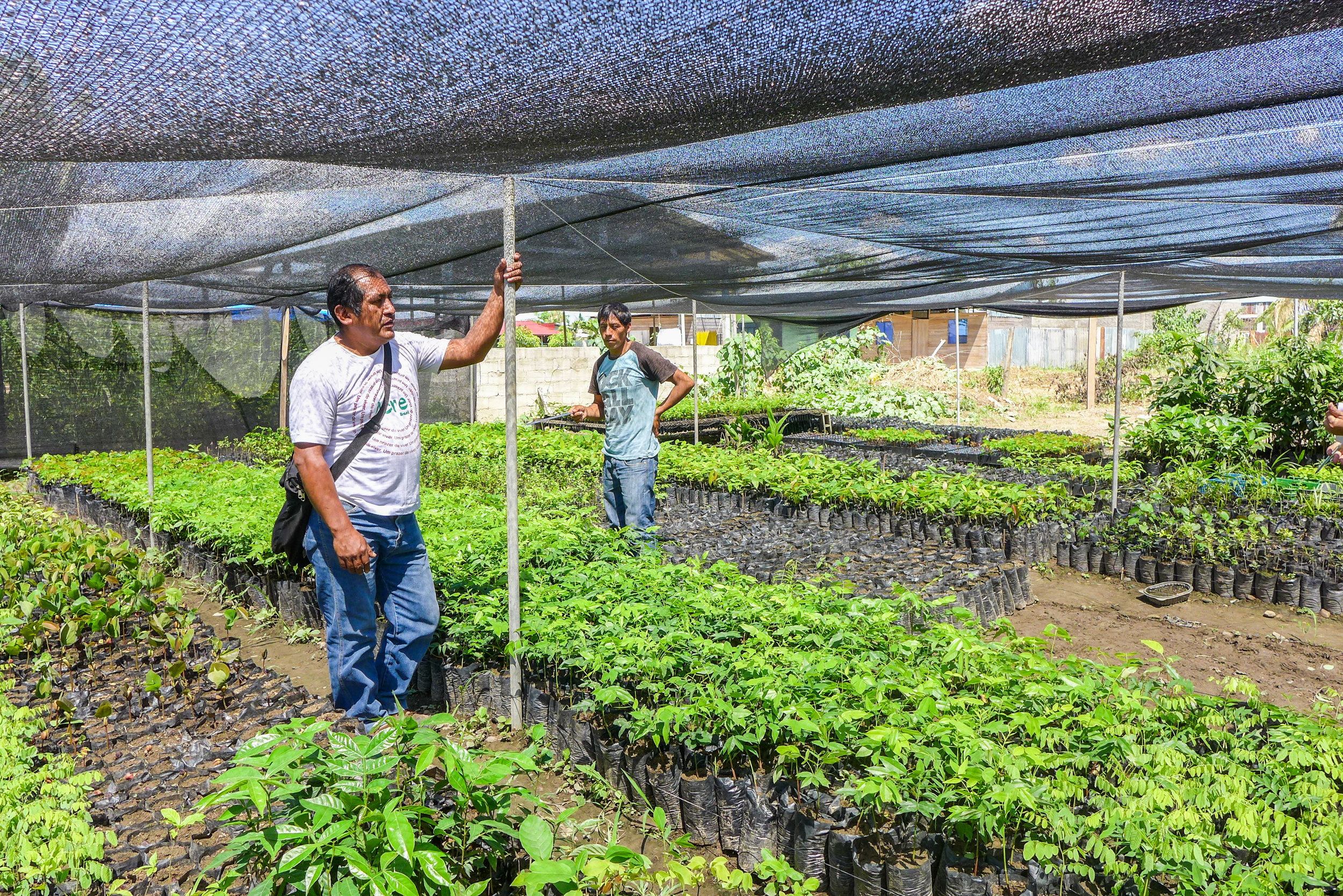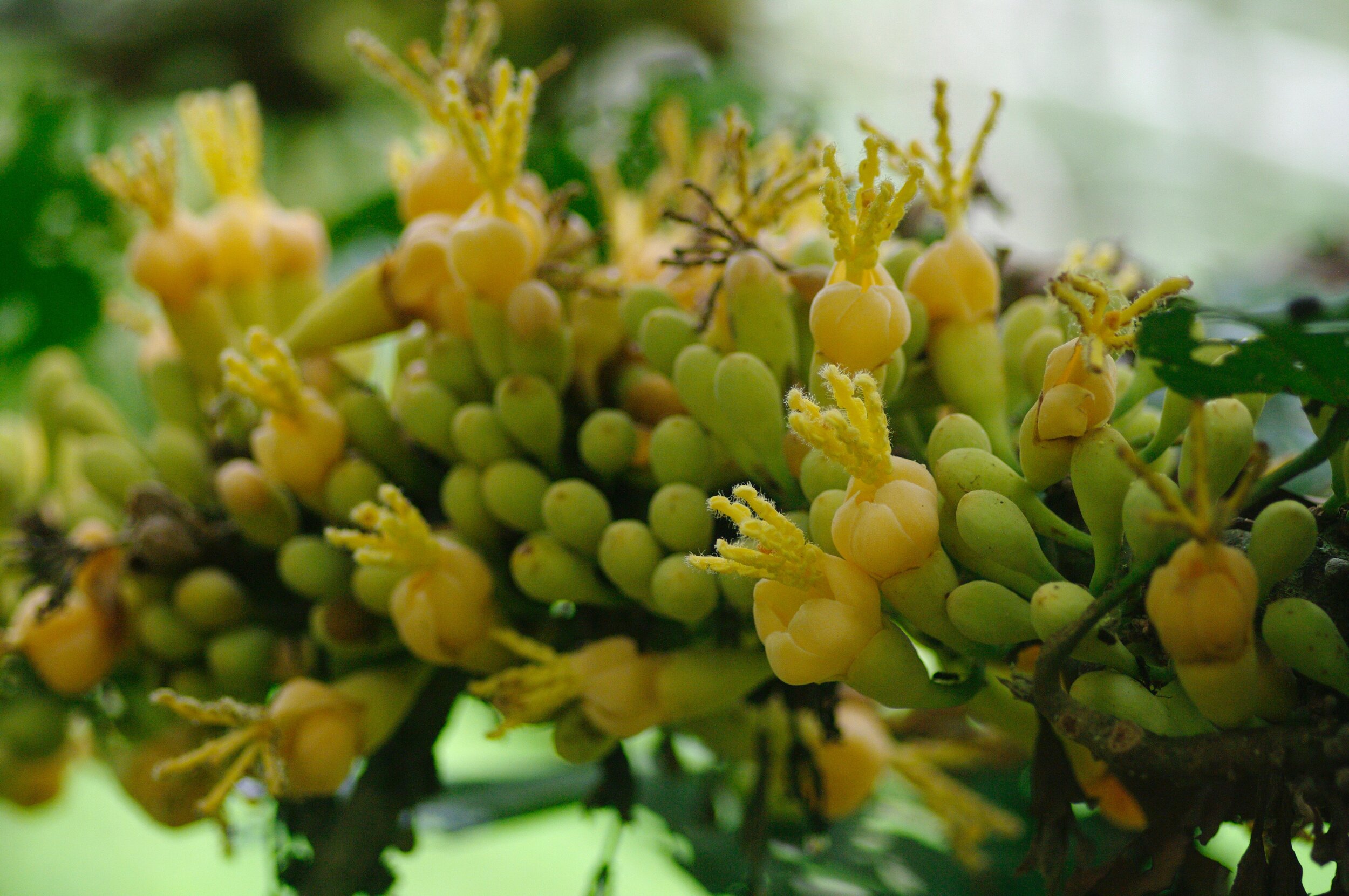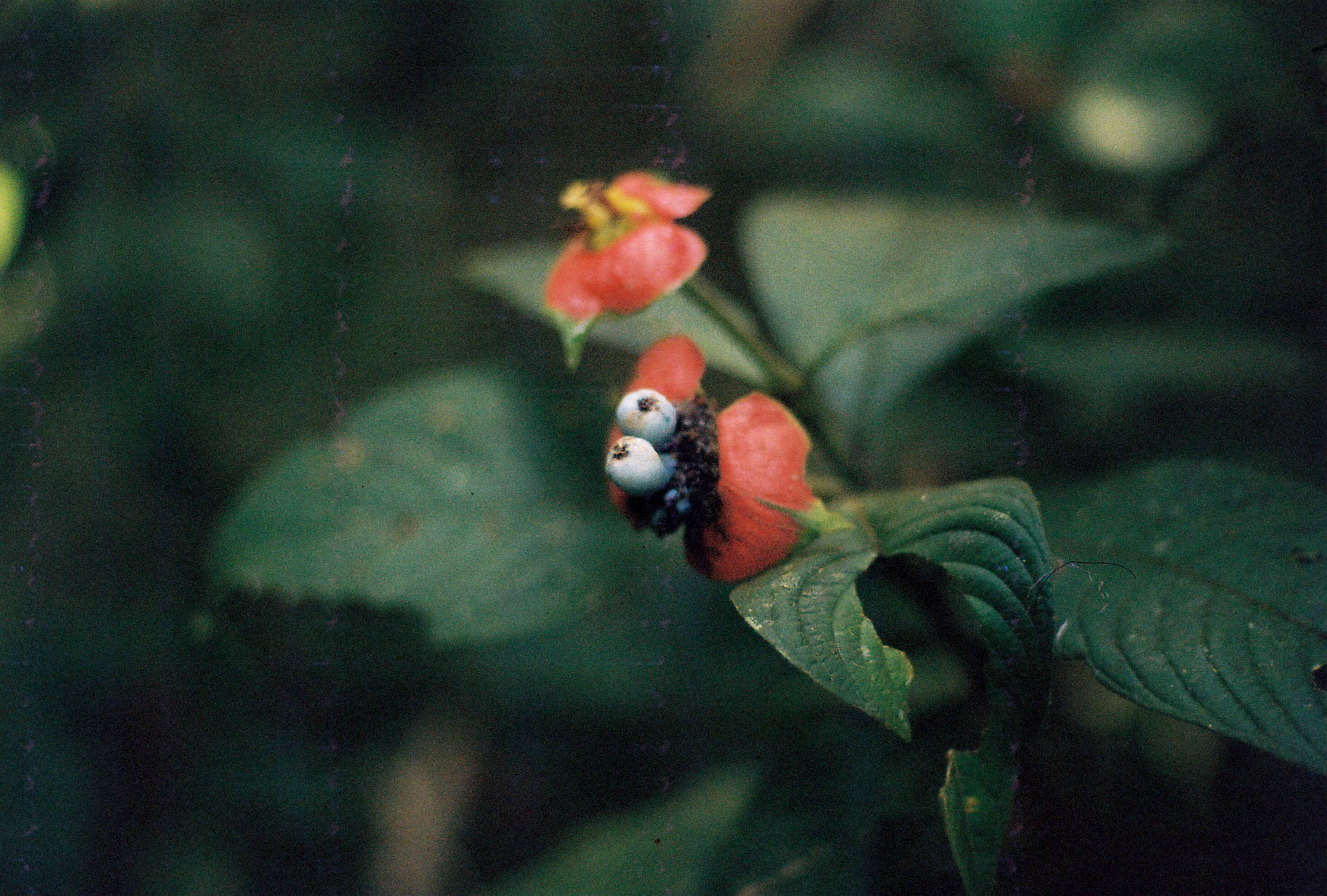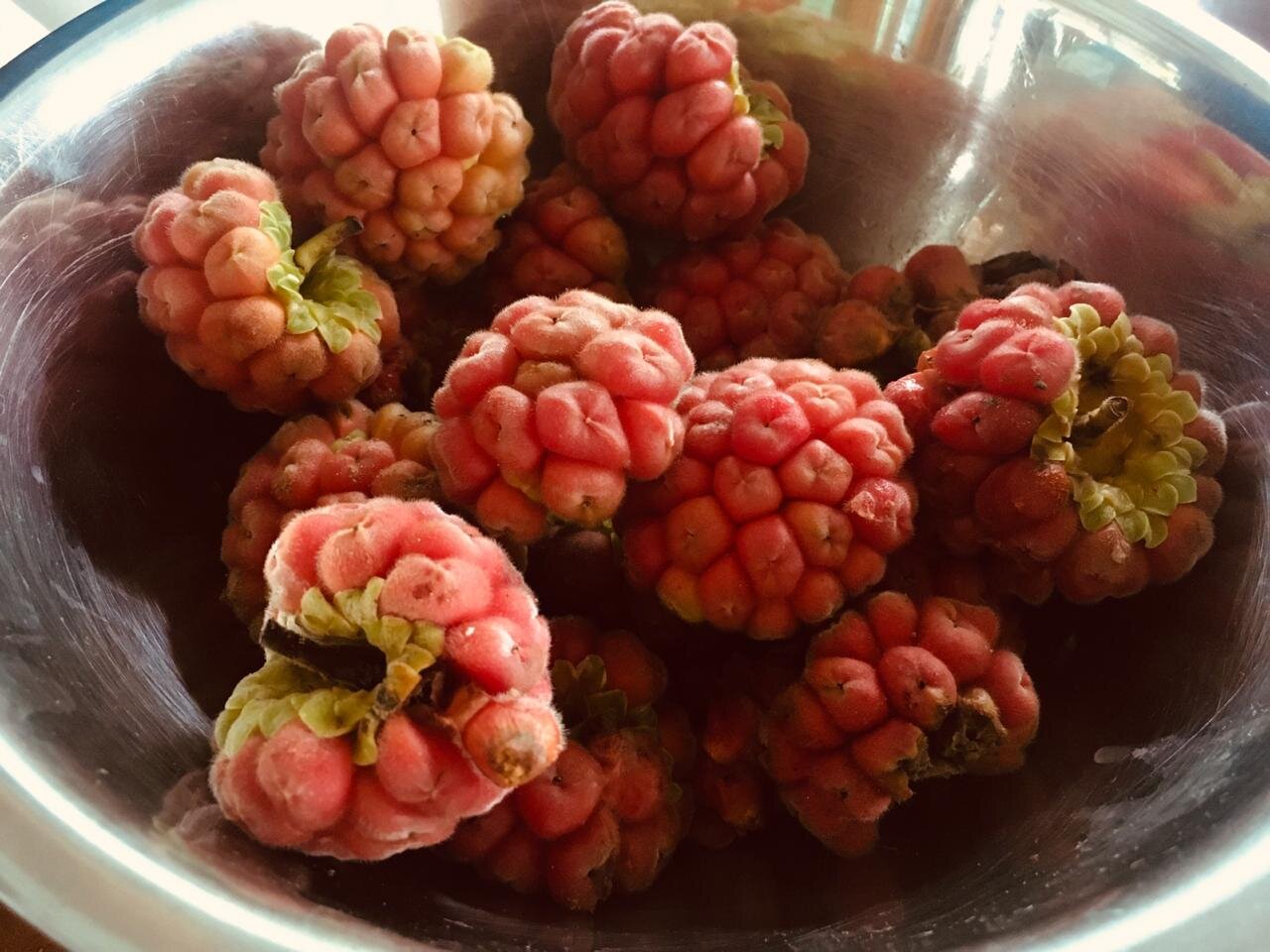With over 400 native tree species planted to date, Camino Verde’s reforestation centers and tree nurseries form a one-of-a-kind Living Seed Bank of Amazonian biodiversity.
Our database currently includes 725 plant species planted at our centers.
▿

Motivation
Wild populations of the most useful species of the Amazon have diminished steadily over the last 500 years – and precipitously in the last 100 years.
Extractive economies continue to grow, reaching regions that were previously conserved through isolation, threatening not only the populations but the genetic diversity of the region’s most valuable tree species, upon which the Amazonian economy directly relies.
Furthermore, for many of the region’s most important species, even where seed trees still exist, a lack of silvicultural knowledge about propagation, growth, and projected productivity form a significant barrier to the adoption of more of these species in reforestation and agroforestry systems. This dearth of detailed forestry knowledge of native species ultimately favors the reforestation of exotic species like teak and eucalyptus and keeps local species from reaching their full renewable potential.
Purpose
The Living Seed Bank Biodiversity Program is meant to:
Safeguard in living planting systems the genetic resources (in the form of seeds and cuttings) of as many as possible of the useful species of the Amazon
Propagate, plant, and make available to farmers and institutions the greatest diversity possible of the economic botany of the Amazon
Improve the understanding of the production potential of little-studied native species in a context of silviculture, reforestation, and agroforestry (on farms and plantations rather than in forests)
The Living Seed Bank consists of:
Amazonian Arboretums: our centers host seed-bearing trees of important native species, 400 species and counting
Demonstration-Inspiration Parcels: showing off diverse agroforestry systems that are more impactful in person
Vegetable Gardens: conserving genetic resources of tropical and perennial vegetables and herbs
Research: a growing database of the useful species planted and occurring in the wild at our centers (and coming soon to our Resources page)
This program is implemented at the following centers:
Take me to:
